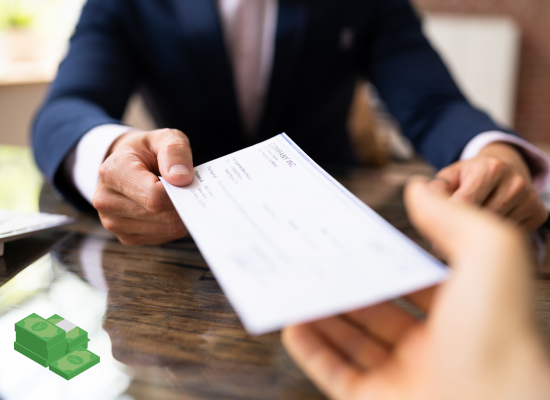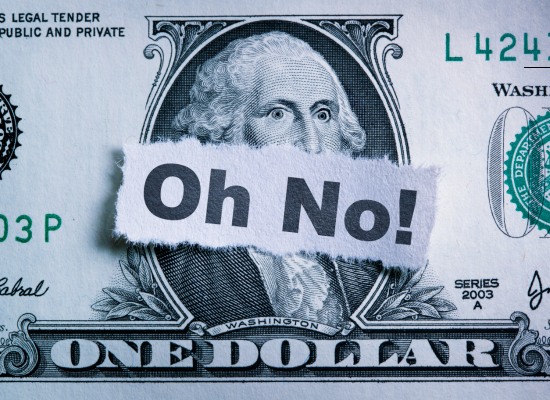Life is unpredictable, and unexpected expenses—like a sudden medical bill, car repair, or job loss—can throw your finances into chaos if you’re not prepared. That’s where an emergency fund comes in. An emergency fund is a financial safety net designed to cover unforeseen costs, helping you avoid debt and maintain stability during tough times. For beginners building their financial foundation, an emergency fund is one of the most important steps to take. In this article, we’ll explain what an emergency fund is, why it’s essential, and how to start building one, including using high-yield savings accounts to earn more interest.
What is an Emergency Fund?
An emergency fund is a stash of money set aside specifically for unexpected, urgent expenses. It’s different from other savings—like money for a vacation or a new gadget—because it’s meant for true emergencies that could disrupt your financial stability. Examples of emergencies include:
- Medical expenses, such as an unexpected doctor’s visit or emergency room bill.
- Car repairs, like a flat tire or broken transmission.
- Job loss or reduced income, requiring you to cover living expenses until you find new work.
- Home repairs, such as a leaking roof or a broken furnace.
An emergency fund is typically kept in a separate, easily accessible account, like a savings account, so you can access the money quickly when needed. The goal is to have enough saved to cover these expenses without relying on credit cards, loans, or dipping into long-term savings, like retirement funds.
Why Do You Need an Emergency Fund?
An emergency fund is a cornerstone of financial security for several reasons:
- Avoid Debt and High Interest: Without an emergency fund, you might turn to credit cards or loans to cover unexpected costs, leading to high interest charges. For example, a $1,000 credit card balance at a 20% APR accrues about $16.44 in interest in just one month. An emergency fund lets you pay for emergencies outright, avoiding these costs.
- Protect Your Credit Score: Relying on credit cards for emergencies can increase your credit utilization (the percentage of your credit limit you’re using), which hurts your credit score if it goes above 30%. An emergency fund helps you avoid maxing out cards, keeping your utilization low.
- Reduce Financial Stress: Knowing you have money set aside for emergencies provides peace of mind, allowing you to focus on other goals, like investing. Emergency fund ensures unexpected expenses don’t derail this progress.
- Cover Living Expenses During Income Loss: If you lose your job or face reduced hours, an emergency fund can cover essentials like rent, groceries, and utilities, giving you time to recover without financial panic.
Target Size of an Emergency Fund: How Much Should You Save?
The size of your emergency fund depends on your average monthly expenses and how much safety you want. Here’s how to determine your target:
- Calculate Your Monthly Expenses:
- Add up your essential costs, such as rent/mortgage, utilities, groceries, transportation, insurance, and minimum debt payments. For example, if your monthly expenses are $2,000, this is your baseline. If you don’t know your monthly expenses, start with our simple budget guide.
- Choose Your Safety Level:
- 3 Months (Minimum Safety): A common starting goal is 3 months of expenses, suitable if you have a stable job, dual-income household, or other safety nets (e.g., family support). For $2,000 monthly expenses, this means a $6,000 emergency fund.
- 6 Months (Moderate Safety): Aim for 6 months if you want more security, especially if your income is variable (e.g., freelance work) or you’re the sole earner. For $2,000 monthly expenses, this is $12,000.
- 9–12 Months (High Safety): Save 9–12 months if you want maximum protection, such as if you work in an unstable industry, have dependents, or prefer extra peace of mind. For $2,000 monthly expenses, this is $18,000–$24,000.
Start with a smaller goal, like $1,000, to cover minor emergencies, then gradually build toward your target based on your comfort level and financial situation.
How to Build an Emergency Fund: Actionable Steps
Building your emergency savings may take time, but with consistent steps, you can create a safety net that protects your finances. Here’s how to get started:
- Set a Small Initial Goal:
- Begin with a manageable target, like $500 or $1,000, to cover small emergencies (e.g., a car repair or medical bill). This builds momentum and gives you a quick win.
- Open a High-Yield Savings Account:
- Keep your emergency fund in a separate account to avoid spending it on non-emergencies. A high-yield savings account is a great option because it generates more income compared to traditional savings accounts. For example, while a traditional savings account might offer a 0.5% annual percentage yield (APY), high-yield accounts from online banks like Ally Bank or Marcus by Goldman Sachs often offer 3–4% APY (as of May 2025, based on typical market rates). On a $5,000 balance, a 4.5% APY earns $225 per year, compared to just $25 at 0.5%—a significant difference over time.
- Create a Budget to Find Extra Money:
- Review your income and expenses to identify areas to cut back, such as dining out or subscriptions. For example, saving $50 a month by reducing discretionary spending adds $600 to your fund in a year.
- Automate Your Savings:
- Set up automatic transfers from your checking account to your emergency fund account each month, even if it’s just $25 or $50. Automating ensures consistency and removes the temptation to spend the money elsewhere.
- Use Windfalls to Boost Your Fund:
- Deposit unexpected income—like tax refunds, bonuses, or gifts—directly into your emergency fund. For example, a $1,000 tax refund can double a $1,000 fund, getting you closer to your target.
- Increase Contributions Over Time:
- As your income grows or expenses decrease (e.g., after paying off debt), redirect that money to your emergency fund. If you get a $200 monthly raise, add half ($100) to your fund to accelerate your progress.
- Replenish After Use:
- If you use your emergency fund for a true emergency, prioritize rebuilding it. For example, if you spend $800 on a car repair, resume monthly contributions until you’re back to your target.
Where to Keep Your Emergency Fund
Your emergency fund should be easily accessible but separate from your daily spending money. Here are some options:
- High-Yield Savings Accounts: As mentioned, these offer higher interest rates (e.g., 4–5% APY) and are FDIC-insured up to $250,000, making them safe and accessible. Ally Bank, for instance, allows quick transfers to your checking account.
- Traditional Savings Accounts: These are safe but earn less interest (e.g., 0.5% APY). Use them if you prefer a local bank, but you’ll miss out on higher returns.
- Money Market Accounts: These offer slightly higher interest than traditional savings accounts and may include check-writing privileges, but they often require higher minimum balances.
Avoid keeping your emergency fund in investments like stocks or index funds, as their value can fluctuate, and you might need the money during a market downturn. Liquidity and safety are key.
Emergency Funds and Your Financial Journey
An emergency fund is a critical part of your financial foundation, supporting other goals like building credit and investing. By having a safety net, you’re less likely to miss credit card payments during emergencies, which protects your credit score.
It also ensures you can start investing or continue to invest consistently, even during unexpected setbacks. For example, if you’re investing $100 in an index fund monthly, but face a $1,500 medical bill, your emergency savings lets you cover the cost without pausing your investments or turning to credit cards, keeping your financial plan on track.
Final Thoughts
An emergency fund is your financial safety net, protecting you from unexpected expenses and the stress they bring. By aiming for 3–12 months of expenses—depending on how safe you want to be—and using tools like high-yield savings accounts to earn more interest, you can build a fund that supports your stability. Start small, automate your savings, and gradually work toward your target, ensuring you’re prepared for life’s surprises.
As you grow your financial knowledge, think about how an emergency fund fits into your overall plan, such as avoiding debt, building credit, or investing for the future. For personalized guidance, consider speaking with a financial advisor to create a strategy that works for you.


